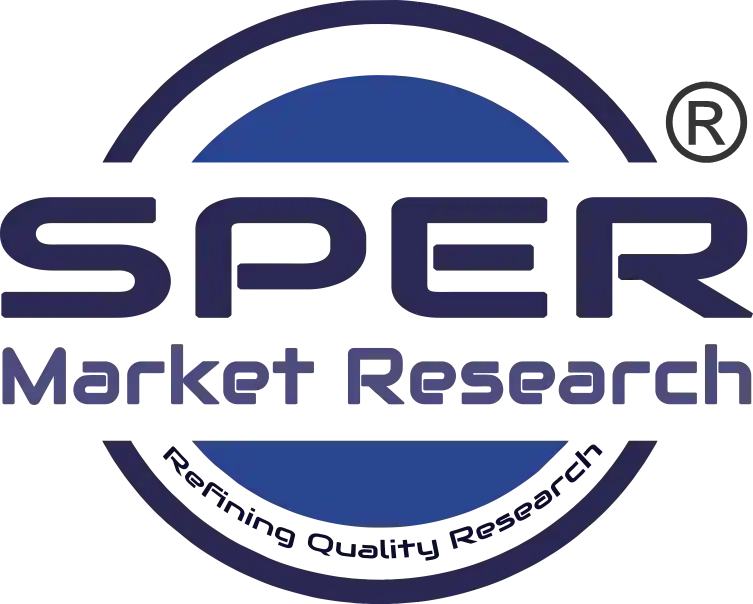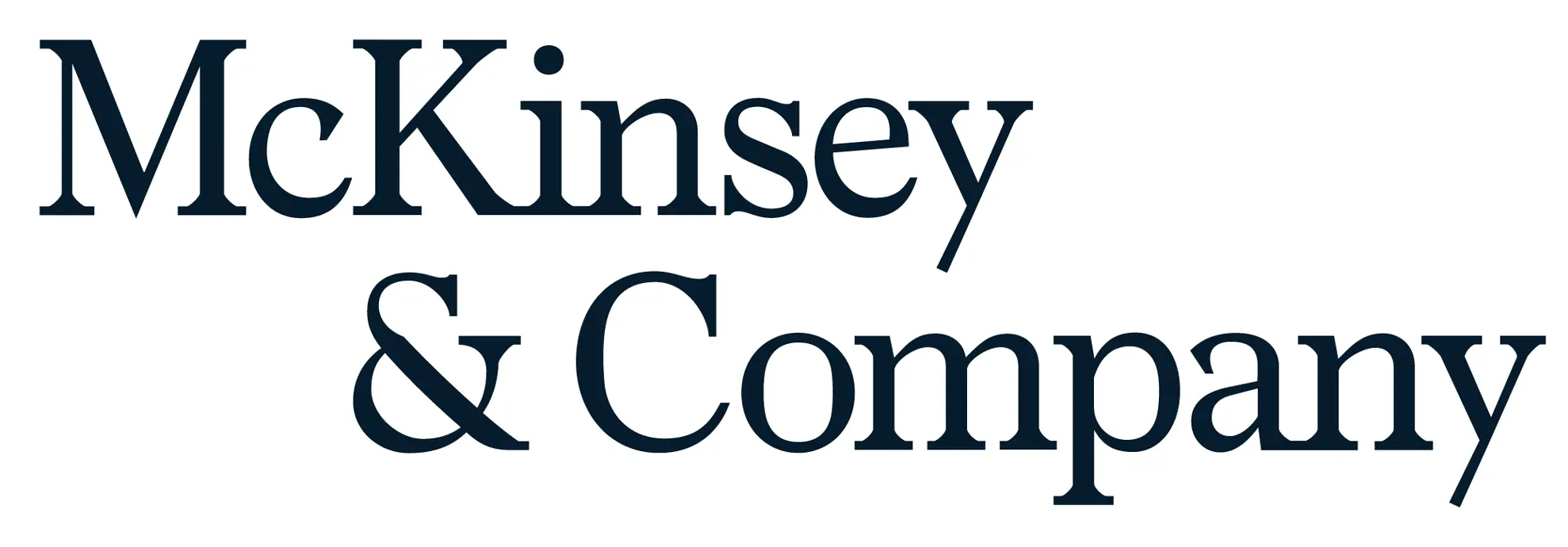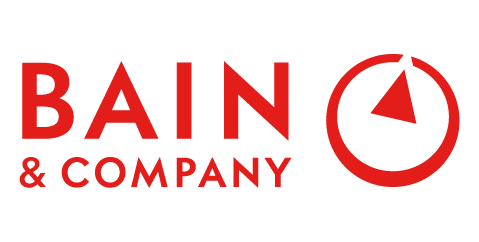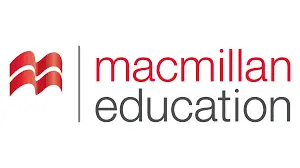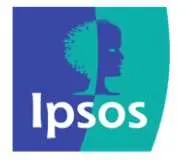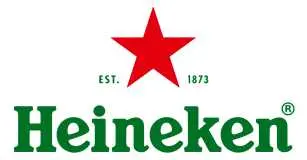
Population Health Management Solutions Market Trends, Share, CAGR Growth, Scope, Future Outlook 2021-2027
Global Population Health Management Solutions Market by Component (Software, Services), Mode of Delivery (On-premise, Cloud-based), End User (Healthcare Providers, Healthcare Payers, Government Bodies) - Global Forecasts to 2027
| Published: Oct-2021 | Report ID: HLCA2118 | Pages: 1 - 258 | Formats*: |
| Category : Healthcare | |||
- Cerner Corporation (US)
- Epic Systems Corporation (US)
- Koninklijke Philips (Netherlands)
- i2i Population Health (US)
- Health Catalyst (US)
- Optum (US)
- Enli Health Intelligence (US)
- eClinicalWorks (US)
- Orion Health (New Zealand)
- Allscripts Healthcare Solutions (US)
- IBM Corporation (US)
- HealthEC LLC (US)
- Medecision (US)
- Arcadia (US)
- athenahealth (US)
- Cotiviti (US)
- NextGen Healthcare Inc. (US)
- Conifer Health Solutions (US)
- SPH Analytics (US)
- Lightbeam Health Solutions (US)
- Innovaccer (US)
- Citra Health Solutions (US)
- Evolent Health Inc. (US)
- Lumeris (US)
- Forward Health Group (US)
4.1. Introduction4.2. Market Dynamics
4.2.1. Drivers4.2.2. Restraints4.2.3. Opportunities4.2.4. Challenges
4.3. COVID-19 Impact of the Population Health Management Solutions Market
5.1. Introduction5.2. Industry Trends
6.1. Introduction6.2. Software6.3. Services
7.1. On-premise mode of delivery7.2. Cloud-based mode of delivery
8.1. Healthcare providers8.2. Healthcare payers8.3. Other end users
9.1. North America
9.1.1. US9.1.2. Canada
9.2. Europe
9.2.1. Germany9.2.2. UK9.2.3. France9.2.4. Italy9.2.5. Spain9.2.6. Rest of Europe
9.3. Asia-Pacific
9.3.1. China9.3.2. Japan9.3.3. India9.3.4. Rest of Asia-Pacific
9.4. Rest of the World
9.4.1. Latin America9.4.2. Middle East & Africa
10.1. Introduction10.2. Market Share Analysis10.3. Competitive Situation and Trends
10.3.1. Product Launches10.3.2. Partnerships, Collaborations and Agreements10.3.3. Acquisitions10.3.4. Expansions10.3.5. Other Developments
11.1. Cerner Corporation (US)11.2. Epic Systems Corporation (US)11.3. Koninklijke Philips (Netherlands)11.4. i2i Population Health (US)11.5. Health Catalyst (US)11.6. Optum (US)11.7. Enli Health Intelligence (US)11.8. eClinicalWorks (US)11.9. Orion Health (New Zealand)11.10. Allscripts Healthcare Solutions (US)11.11. IBM Corporation (US)11.12. HealthEC LLC (US)11.13. Medecision (US)11.14. Arcadia (US)11.15. athenahealth (US)11.16. Cotiviti (US)11.17. NextGen Healthcare, Inc. (US)11.18. Conifer Health Solutions (US)11.19. SPH Analytics (US)11.20. Lightbeam Health Solutions (US)11.21. Innovaccer (US)11.22. Citra Health Solutions (US)11.23. Evolent Health, Inc. (US)11.24. Lumeris (US)11.25. Forward Health Group (US).
SPER Market Research’s methodology uses great emphasis on primary research to ensure that the market intelligence insights are up to date, reliable and accurate. Primary interviews are done with players involved in each phase of a supply chain to analyze the market forecasting. The secondary research method is used to help you fully understand how the future markets and the spending patterns look likes.
The report is based on in-depth qualitative and quantitative analysis of the Product Market. The quantitative analysis involves the application of various projection and sampling techniques. The qualitative analysis involves primary interviews, surveys, and vendor briefings. The data gathered as a result of these processes are validated through experts opinion. Our research methodology entails an ideal mixture of primary and secondary initiatives.
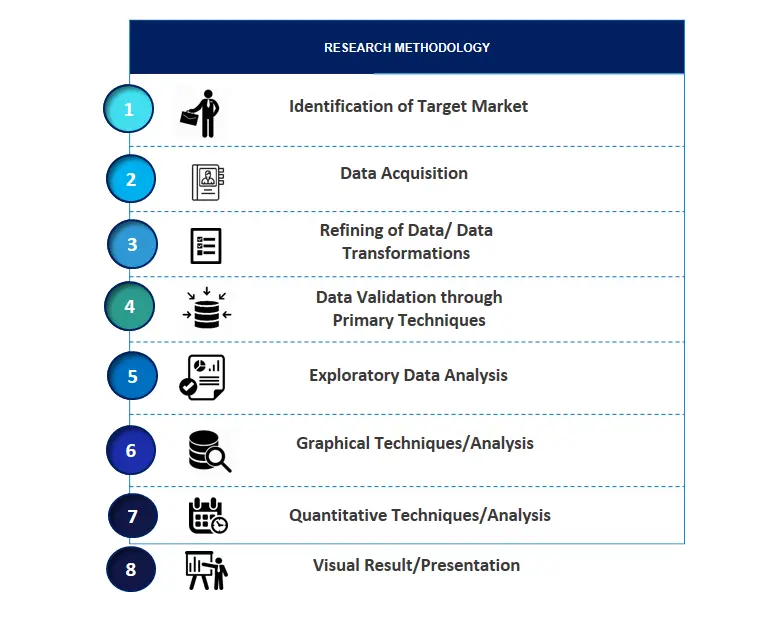
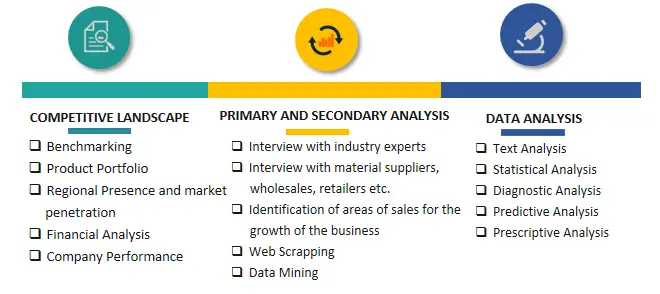

Frequently Asked Questions About This Report
PLACE AN ORDER
Year End Discount
Sample Report
Pre-Purchase Inquiry
NEED CUSTOMIZATION?
Request CustomizationCALL OR EMAIL US
100% Secure Payment
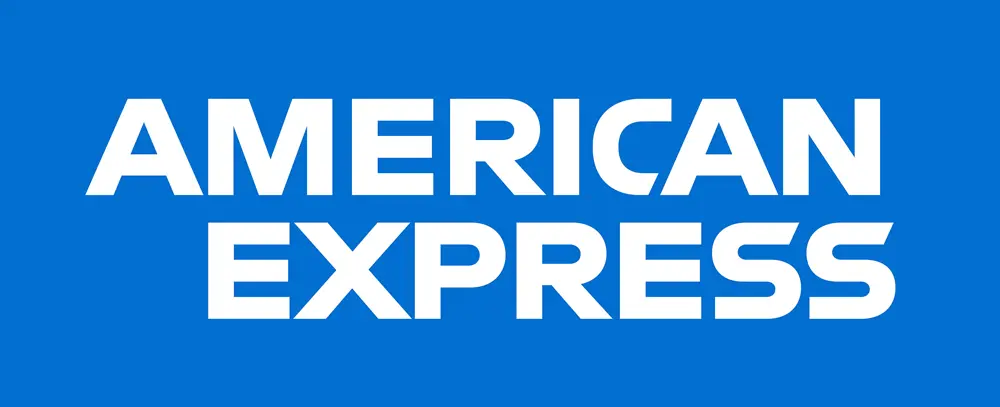


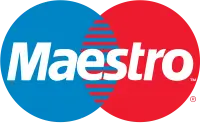


Related Reports
Our Global Clients
Our data-driven insights have influenced the strategy of 200+ reputed companies across the globe.
